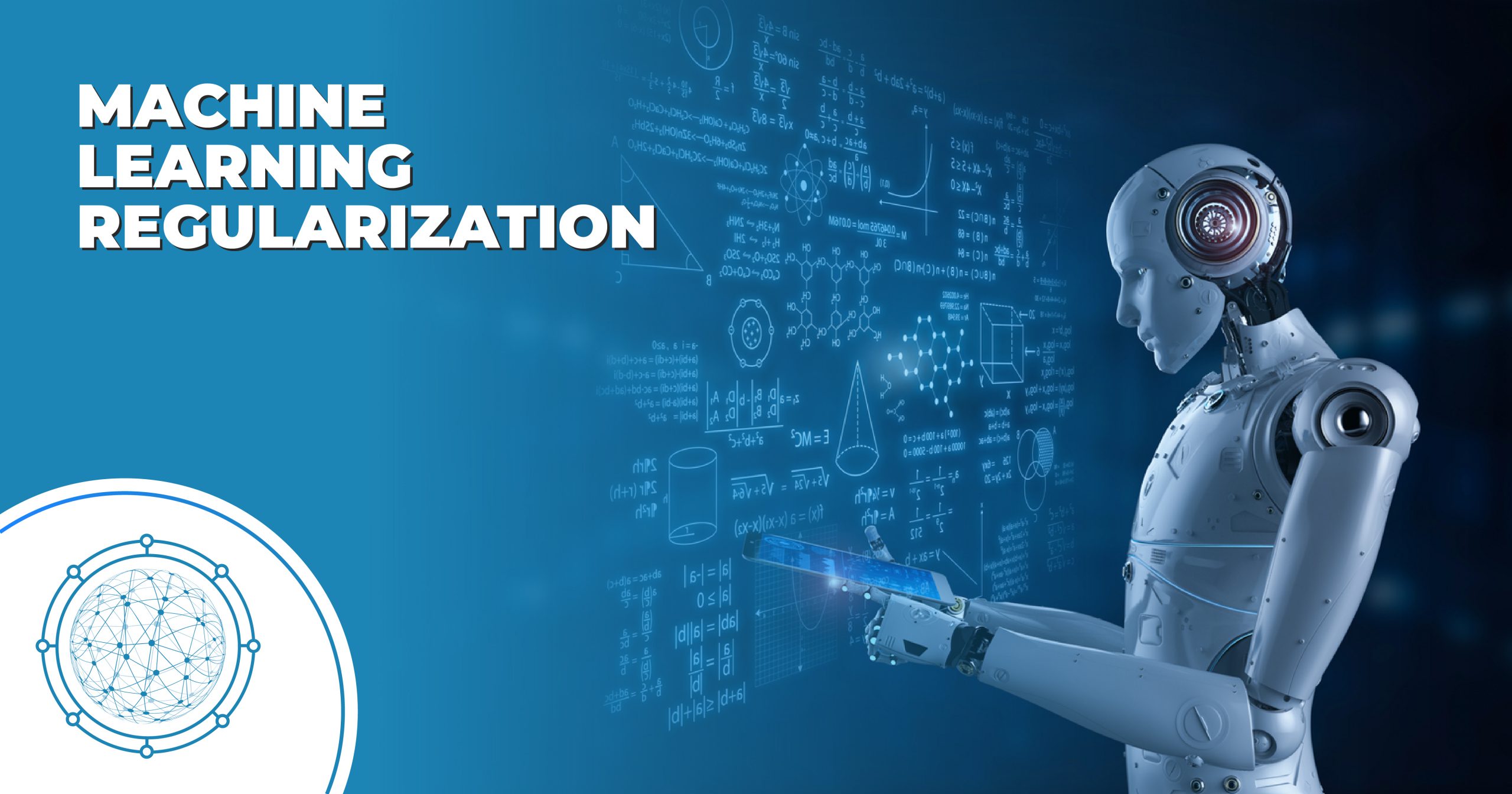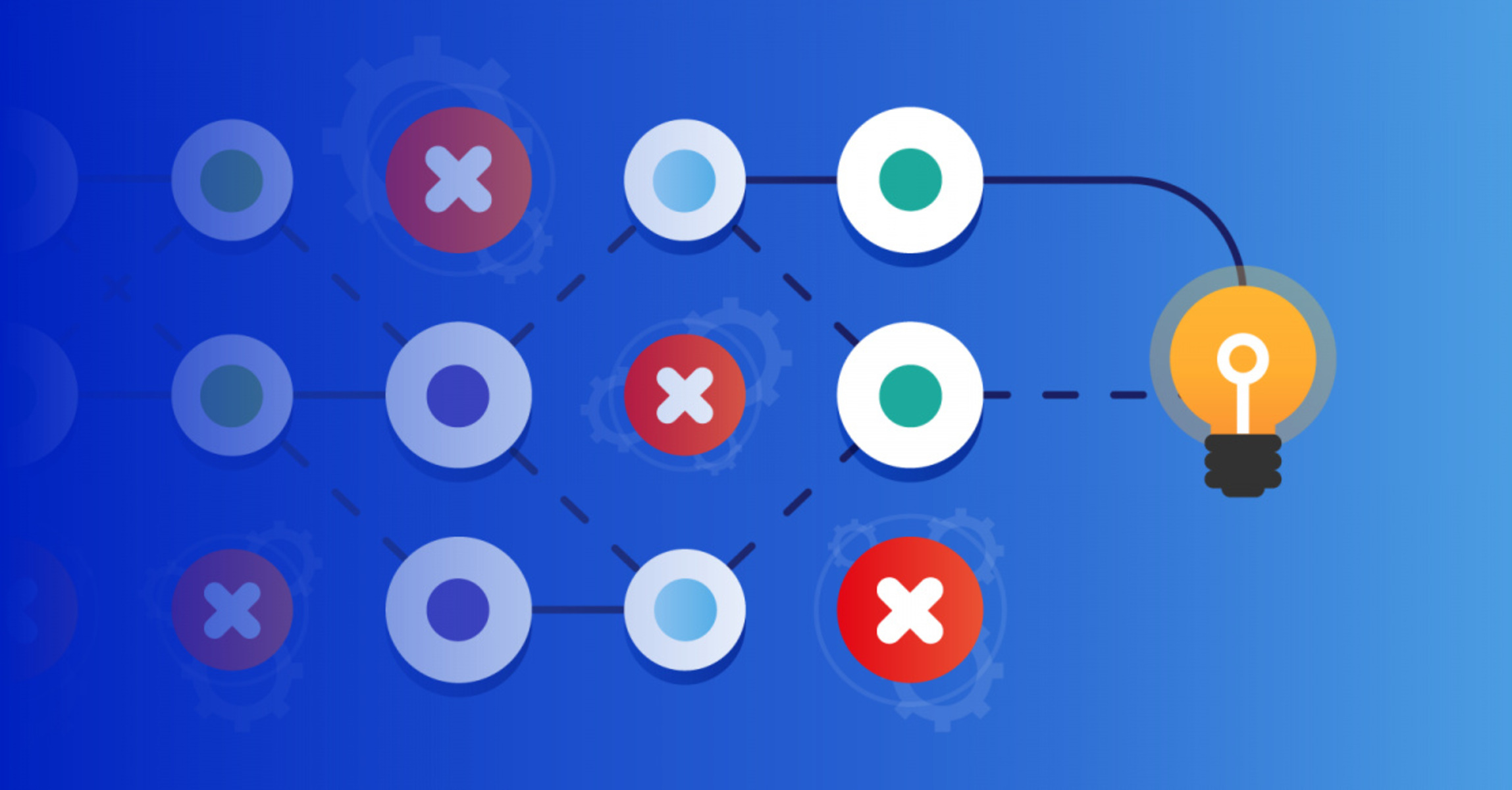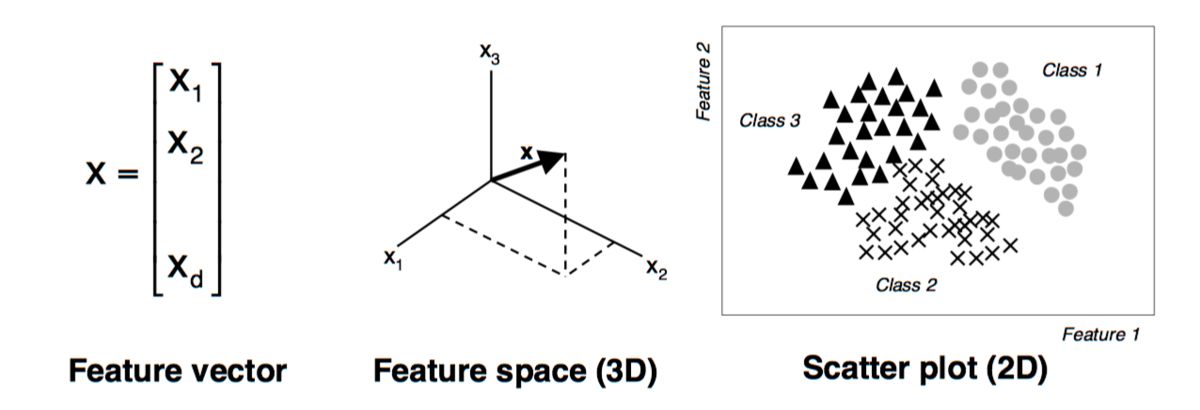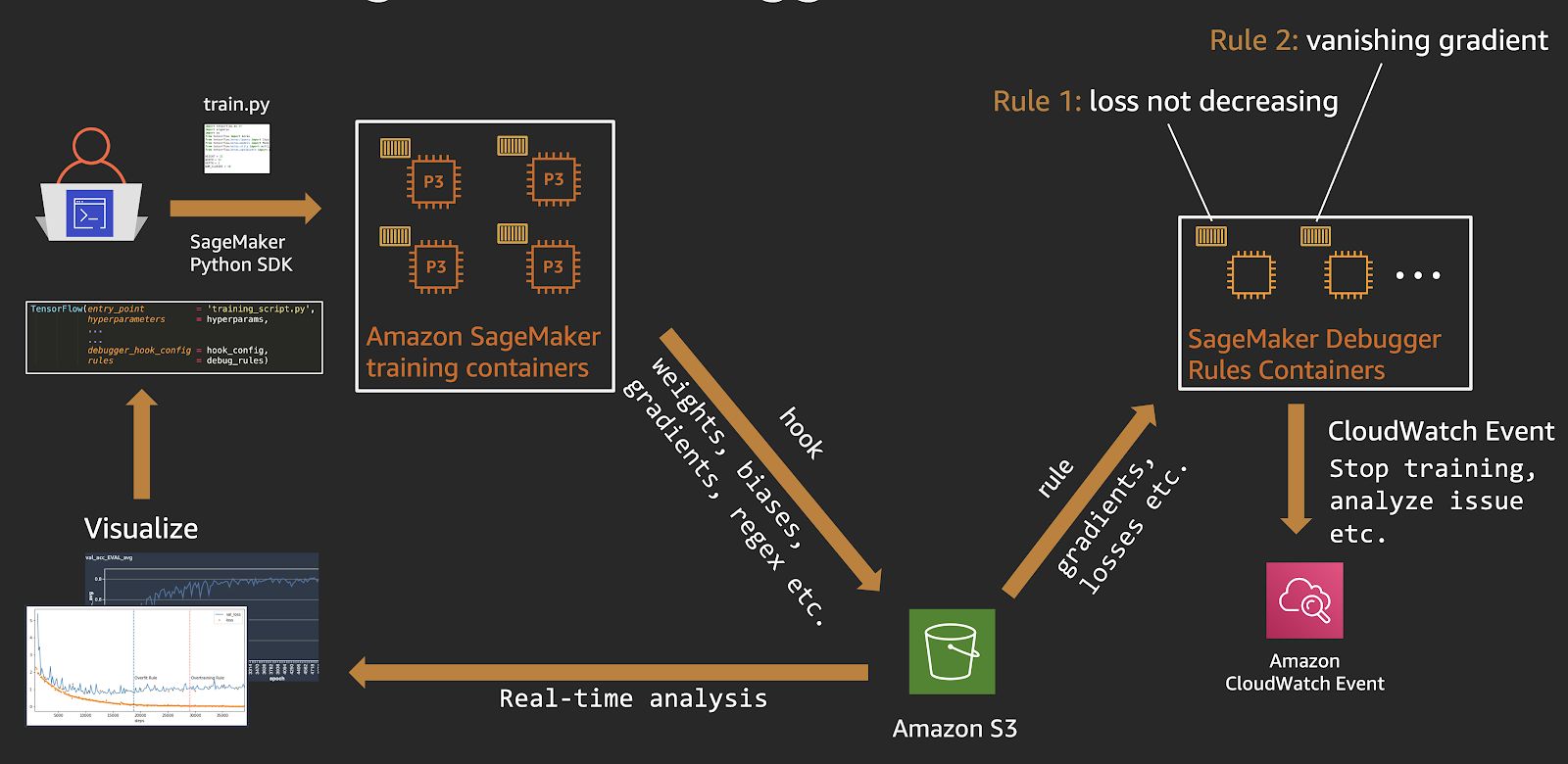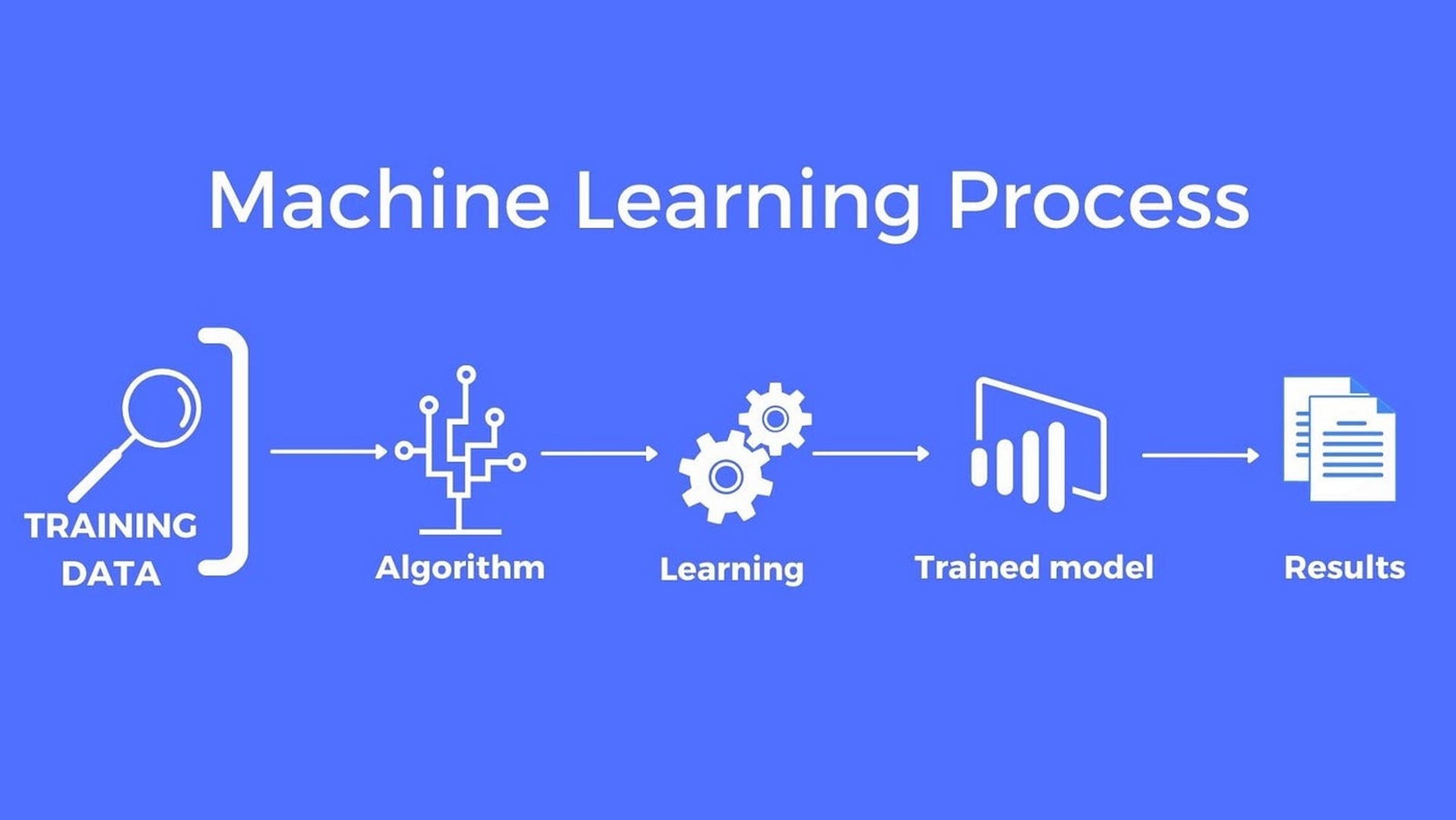Introduction
Welcome to the world of machine learning, where algorithms and models are used to extract insights and make predictions from vast amounts of data. As machine learning continues to advance, one important concept that often comes into play is regularization. Regularization is a powerful technique used to prevent overfitting and improve the performance of machine learning models. In this article, we will explore what regularization is, its benefits, different types of regularization, and when to use it.
Regularization is essentially a form of regularization that introduces a penalty term to the loss function of a machine learning model. This penalty is designed to discourage the model from relying too heavily on any one feature, thus reducing the risk of overfitting. Overfitting occurs when a model performs exceptionally well on the training data but fails to generalize well to unseen data. In other words, the model “memorizes” the training data rather than learning the underlying patterns, leading to poor performance on new, unseen data. Regularization helps to strike a balance between capturing the underlying patterns in the data and avoiding overfitting.
So, what are the benefits of using regularization? Firstly, regularization helps to simplify complex models by reducing the number of features or constraining the values of the weights. This simplification reduces the model’s complexity and improves its ability to generalize well to unseen data. Secondly, regularization acts as a form of control to prevent the model from becoming overly complex and fitting noise in the data. By constraining the model, regularization helps to focus on the most important features and reduces the influence of irrelevant ones.
There are different types of regularization techniques that can be applied depending on the problem at hand. Some popular regularization techniques include L1 regularization, L2 regularization, and Elastic Net regularization. L1 regularization, also known as LASSO (Least Absolute Shrinkage and Selection Operator), adds the absolute value of the coefficients as a penalty term. L2 regularization, also known as Ridge regression, adds the squared value of the coefficients as a penalty term. Elastic Net regularization combines both L1 and L2 regularization, providing a balance between feature selection and regularization.
What is Regularization?
Regularization is a technique used in machine learning to prevent overfitting and improve the performance of models. When training a machine learning model, the goal is to find the best set of parameters or coefficients that minimize the error between the model’s predictions and the actual values in the training data. However, there is a risk of overfitting, which occurs when the model becomes too complex and starts to memorize the training data rather than learning the underlying patterns.
To understand regularization, let’s consider a linear regression model. In its simplest form, a linear regression model fits a line through the data points in order to make predictions. Without regularization, the model may end up fitting the noise in the data, resulting in poor performance on new, unseen data.
Regularization helps combat overfitting by adding a penalty term to the loss function that the model is trying to minimize. This penalty term discourages the model from relying too heavily on any one feature, effectively reducing the complexity of the model. By reducing complexity, regularization helps the model generalize better to unseen data.
There are different types of regularization techniques that can be applied. The two most common types are L1 regularization and L2 regularization.
L1 regularization, also known as LASSO (Least Absolute Shrinkage and Selection Operator), adds the absolute value of the coefficients as a penalty term. This type of regularization encourages sparsity in the model, meaning it pushes some of the coefficients to zero, effectively performing feature selection. L1 regularization is useful when there are many irrelevant features in the data and we want to identify the most important ones.
L2 regularization, on the other hand, adds the squared value of the coefficients as a penalty term. This type of regularization does not perform feature selection like L1 regularization, but instead shrinks the coefficients towards zero. L2 regularization is useful when we want to reduce the impact of all the features, rather than selecting the most important ones.
Elastic Net regularization is a combination of both L1 and L2 regularization. It provides a balance between the sparsity of L1 and the regularization strength of L2. Elastic Net is particularly useful when dealing with high-dimensional data and a large number of potentially correlated features.
In the next section, we will explore the benefits of using regularization in more detail.
Benefits of Regularization
Regularization offers several benefits that make it a valuable technique in machine learning. Let’s explore some of these benefits:
1. Prevention of Overfitting: Overfitting occurs when a model performs exceptionally well on the training data but fails to generalize well to unseen data. Regularization helps to prevent overfitting by introducing a penalty term that discourages the model from becoming too complex. By reducing the complexity of the model, regularization improves its ability to generalize well to new, unseen data.
2. Improved Generalization: Regularization helps the model focus on the most important features in the data by reducing the influence of irrelevant or noisy features. This feature selection aspect of regularization helps the model generalize better by eliminating the impact of irrelevant features that may lead to overfitting.
3. Control of Model Complexity: Regularization acts as a form of control to prevent the model from becoming overly complex. By adding a penalty term to the loss function, regularization discourages extreme parameter values and encourages a balance between making accurate predictions and keeping the model simple.
4. Robustness to Noise: Regularization helps the model deal with noisy data by reducing the impact of noise on the model’s predictions. By constraining the model’s parameters, regularization provides a more stable and robust solution that is less influenced by random variations or noise in the data.
5. Elimination of Multicollinearity Issues: Multicollinearity refers to the presence of highly correlated features in the dataset. Regularization techniques like L2 regularization can help alleviate the problems caused by multicollinearity by shrinking the impact of such features. This improves the interpretability of the model and ensures that the coefficients are not overly influenced by highly correlated features.
6. Improved Model Performance: Regularization can lead to improved model performance by reducing bias and variance. Bias refers to the models’ tendency to consistently deviate from the actual values, while variance refers to the models’ sensitivity to fluctuations in the training data. Regularization helps strike a balance between bias and variance, leading to better overall performance.
Overall, regularization is a valuable tool in the machine learning toolkit. It helps to prevent overfitting, improves generalization, controls model complexity, enhances robustness to noise, eliminates multicollinearity issues, and ultimately leads to improved model performance. In the next section, we will delve into different types of regularization techniques.
Types of Regularization
Regularization techniques come in various forms, each with its own characteristics and advantages. Let’s explore some of the most common types of regularization:
1. L1 Regularization (LASSO): L1 regularization adds the absolute value of the coefficients as a penalty term to the loss function. The main feature of L1 regularization is that it encourages sparsity in the model, meaning it pushes some of the coefficients to zero. This makes L1 regularization useful for feature selection, as it helps identify the most important features by setting the coefficients of irrelevant features to zero.
2. L2 Regularization (Ridge regression): L2 regularization adds the squared value of the coefficients as a penalty term to the loss function. Unlike L1 regularization, L2 regularization does not perform feature selection. Instead, it shrinks the coefficients towards zero, effectively reducing the impact of all the features in the model. L2 regularization is particularly useful when we want to reduce the influence of all the features, but don’t necessarily want to eliminate any particular feature entirely.
3. Elastic Net Regularization: Elastic Net regularization is a combination of both L1 and L2 regularization. It adds a penalty term that includes both the absolute value and the squared value of the coefficients to the loss function. Elastic Net provides a balance between feature selection and regularization strength. This type of regularization is particularly useful when dealing with high-dimensional data where there is a large number of potentially correlated features.
4. Dropout Regularization: Dropout regularization is a technique commonly used in neural networks. It involves randomly dropping out a certain proportion of neurons during the training phase. By doing so, dropout regularization forces the model to learn redundant representations of the data, making it more robust and less likely to overfit. Dropout regularization has been shown to improve the generalization of neural networks and reduce overfitting in deep learning models.
5. Early Stopping: While not traditionally categorized as a regularization technique, early stopping can be seen as a form of regularization. Early stopping involves monitoring the model’s performance on a validation set during training and stopping the training process when the performance starts to deteriorate. By stopping the training early, early stopping prevents the model from overfitting to the training data and helps it generalize better to new, unseen data.
Each regularization technique has its own strengths and is suitable for different scenarios. It is important to consider the characteristics of your data and the problem at hand when choosing the appropriate regularization technique. In the next section, we will discuss when to use regularization in machine learning.
When to Use Regularization
Regularization is a powerful technique that can be beneficial in various scenarios in machine learning. Here are some situations where you should consider using regularization:
1. Limited Training Data: When the available training data is limited, there is a higher risk of overfitting. Regularization can help mitigate this risk by reducing the complexity of the model and improving its generalization. By preventing overfitting, regularization allows the model to make better predictions on new, unseen data by capturing the underlying patterns rather than memorizing the training examples.
2. High-dimensional Data: High-dimensional data refers to datasets that contain a large number of features. In such cases, there is a higher chance of overfitting and multicollinearity issues. Regularization can effectively address these challenges by selecting the most important features or by reducing the impact of correlated features. It helps to simplify the model and improve its interpretability, making it more robust and reliable.
3. Imbalanced Data: When working with imbalanced datasets where the distribution of classes is skewed, regularization can help prevent the model from being biased towards the majority class. Regularization techniques, such as class-weighted regularization, can assign higher penalties to misclassifications of the minority class, effectively balancing the impact of different classes and improving the performance on the minority class.
4. Complex Models: If you are using complex models like neural networks, there is a higher risk of overfitting due to their large number of parameters. Regularization techniques, such as dropout regularization, can be effective in preventing overfitting and improving the generalization of complex models. By randomly dropping out neurons during training, dropout regularization forces the model to learn more robust representations, reducing the reliance on individual neurons and preventing overfitting.
5. Outliers and Noisy Data: When dealing with datasets that contain outliers or noisy data points, regularization techniques can help to reduce the impact of these anomalies on the model’s predictions. Regularization acts as a form of control, preventing the model from fitting the noise in the data and encouraging it to focus on the more meaningful patterns.
6. Feature Selection: If you have a large number of features and want to identify the most important ones, regularization techniques like L1 regularization (LASSO) can be very useful. By setting the coefficients of irrelevant features to zero, L1 regularization performs feature selection, allowing you to identify the most influential features and simplify the model.
In summary, regularization should be considered when dealing with limited training data, high-dimensional data, imbalanced datasets, complex models, outliers or noisy data, and when feature selection is desired. By incorporating regularization techniques, you can improve the stability, performance, and generalization capability of your machine learning models.
Overfitting and Underfitting
Overfitting and underfitting are two common problems that can occur when training machine learning models. Understanding these concepts is crucial for appreciating the need for regularization.
Overfitting: Overfitting occurs when a model learns the training data too well, to the point where it memorizes the examples instead of learning the underlying patterns. As a result, the overfitted model performs exceptionally well on the training data but fails to generalize well to new, unseen data. This is problematic because the primary goal of machine learning is to build models that can make accurate predictions on new data.
Underfitting: Underfitting, on the other hand, occurs when a model is too simplistic or lacks the capacity to capture the complexity of the underlying patterns in the data. An underfitted model may not be able to sufficiently learn the relationships between the features and the target variable, resulting in poor performance on both the training and test datasets.
Both overfitting and underfitting have detrimental effects on the performance of machine learning models. Overfitting leads to high variance, where the model is overly sensitive to small fluctuations in the training data, while underfitting results in high bias, where the model fails to capture the true patterns in the data.
To visualize these concepts, let’s consider a simple example of fitting a curve to a set of data points. An underfitted model will have insufficient flexibility to capture the true shape of the data, resulting in a poor fit. Conversely, an overfitted model may fit the training data perfectly, but the resulting curve will exhibit extreme fluctuations and won’t generalize well to new data.
To strike the right balance between underfitting and overfitting, regularization techniques are employed. Regularization helps prevent overfitting by introducing a penalty term that discourages excessive complexity in the model. By reducing the complexity, regularization allows the model to generalize better to new, unseen data, striking a balance between bias and variance.
Understanding the trade-off between underfitting and overfitting is essential in selecting the appropriate regularization method. If the model is underfitting, regularization can be relaxed or a more flexible model can be used. However, if overfitting is observed, stronger regularization is required to shrink the model’s coefficients or select the most relevant features.
In the next section, we will explore the impact of regularization on the performance of machine learning models.
Impact of Regularization on Model Performance
Regularization plays a crucial role in improving the performance of machine learning models. It directly influences the model’s ability to generalize well to unseen data and helps strike a balance between bias and variance. Let’s explore the impact of regularization on model performance:
1. Prevention of Overfitting: The primary purpose of regularization is to prevent overfitting. By introducing a penalty term that discourages excessive complexity, regularization helps control the model’s ability to memorize the training data and forces it to focus on the underlying patterns. This prevents the model from becoming overly sensitive to noise and fluctuations in the training data and leads to better generalization performance.
2. Improvement in Generalization: Regularization improves the model’s ability to generalize from the training data to unseen data. It achieves this by reducing the impact of irrelevant or noisy features and focusing on the most informative ones. Regularization acts as a form of feature selection, allowing the model to extract the most essential information from the data and disregard the non-informative or redundant features. This, in turn, improves the model’s generalization capability.
3. Reduction in Variance: Regularization helps reduce the variance of a model. Variance refers to the sensitivity of the model’s predictions to fluctuations in the training data. When a model is overfitted, it tends to have high variance, meaning it is extremely sensitive to small changes in the training data. Regularization constrains the model, reducing its variance and making its predictions more stable and reliable.
4. Control of Model Complexity: Regularization provides a way to control the complexity of a model. This is especially important in scenarios where the number of features or parameters is large. By adding a penalty to the loss function, regularization discourages the model from becoming overly complex and over-reliant on certain features. This control over complexity improves the interpretability of the model and ensures that it doesn’t overfit the data.
5. Enhanced Robustness: Regularization improves the robustness of the model by reducing the impact of outliers or noisy data points. Models that are prone to overfitting are highly affected by such anomalies, leading to poor generalization. Regularization techniques, such as L1 and L2 regularization, help the model focus on the overall patterns in the data rather than being influenced by individual outliers or noisy points, making the model more robust.
6. Balance between Bias and Variance: Regularization helps strike a balance between bias and variance. Bias refers to the error caused by a model’s simplified assumptions, while variance refers to the error caused by a model’s sensitivity to fluctuations in the training data. Regularization reduces variance by preventing overfitting and reducing the model’s sensitivity to training data, while simultaneously controlling bias by constraining the model’s complexity. This balance allows the model to achieve better overall performance.
In summary, regularization has a significant impact on the performance of machine learning models. It helps prevent overfitting, improves generalization, reduces variance, controls complexity, enhances robustness to outliers, and balances bias and variance. Understanding the impact of regularization is essential for selecting the appropriate regularization technique and optimizing model performance.
How to Choose the Right Regularization Method
Choosing the right regularization method is crucial for achieving optimal model performance. Each regularization technique has its own characteristics and advantages, and the choice depends on the specific problem and data at hand. Here are some factors to consider when selecting the appropriate regularization method:
1. Understand the Data: Gain a deep understanding of your data, including the distribution, the relationship between features, and the presence of outliers or noisy data points. This understanding will help you identify the potential challenges that may arise due to overfitting or high dimensionality, and guide you towards the most suitable regularization techniques.
2. Consider the Problem Type: The type of problem you are working on also plays a role in determining the appropriate regularization method. For instance, if you are dealing with a regression problem and want to perform feature selection, L1 regularization (LASSO) may be a good choice. On the other hand, if you are working on a neural network, dropout regularization might be more effective in preventing overfitting.
3. Evaluate Model Complexity: Evaluate the complexity of your model and how well it represents the underlying patterns in the training data. If your model is too complex and prone to overfitting, L1 or L2 regularization can help reduce complexity and improve generalization. If your model is simple and underfitting, you may need to relax the regularization or consider a more flexible model architecture.
4. Experiment and Compare: It is often helpful to experiment with different regularization techniques and compare their performance. Train multiple models with different regularization methods and evaluate their performance on a validation set. This will allow you to observe how each regularization method impacts the model’s accuracy, precision, recall, and other relevant metrics, helping you make an informed decision.
5. Consider Computational Efficiency: Some regularization techniques, such as L1 regularization, can lead to sparse models with many coefficients set to zero. This can be advantageous in terms of interpretability and computational efficiency, especially when dealing with high-dimensional data. Consider the computational requirements and constraints of your problem when choosing the regularization method.
6. Utilize Expertise and Research: Leverage the expertise and knowledge of the machine learning community and industry. Stay updated with the latest research and best practices in the field of regularization. Study case studies, research papers, and experiment results to gain insights into which regularization techniques have been successful in similar problem domains and dataset characteristics.
Ultimately, choosing the right regularization method often involves a combination of domain knowledge, experimentation, and data analysis. It requires a careful assessment of the problem, the data, and the model’s complexity. By considering these factors, you can select the most suitable regularization technique that helps improve model performance and generalization.
Case Studies: Examples of When Regularization is Effective
Regularization is a powerful technique that can significantly improve the performance of machine learning models in various real-world scenarios. Let’s explore some case studies where regularization has proven to be effective:
1. Image Classification: In image classification tasks, regularization techniques like dropout regularization have been extensively used to combat overfitting. Deep neural networks have millions of parameters, making them prone to overfitting when the available training data is limited. Dropout regularization randomly drops out a certain proportion of neurons during training, forcing the network to learn robust and generalized representations of the images. This has been shown to improve the model’s performance by preventing overfitting and achieving better generalization.
2. Natural Language Processing: Regularization techniques have proven to be effective in improving the performance of natural language processing (NLP) models. In tasks like sentiment analysis or text classification, L1 regularization can be used for feature selection, selecting the most important words or n-grams that contribute to the task at hand. This helps in simplifying the model and reducing overfitting, leading to improved accuracy on unseen textual data.
3. Bioinformatics: Bioinformatics is a field where high-dimensional data, such as genetic data, is common. Regularization techniques like L2 regularization have been employed to analyze gene expression data and identify significant predictors. By reducing the impact of irrelevant or redundant features, regularization helps in selecting the most relevant genes for a specific biological phenotype, improving the interpretability and predictive power of the models.
4. Financial Markets: Regularization techniques have been successfully applied in financial market prediction tasks. For example, in stock market prediction, L2 regularization has been used to control the complexity of the model and prevent overfitting. This allows the models to capture important market patterns while avoiding spurious patterns that may arise due to noise. By finding the right balance between bias and variance, regularization helps in building accurate and robust predictive models for financial markets.
5. Healthcare and Medical Diagnostics: Regularization techniques have found applications in healthcare and medical diagnostics. For instance, in disease diagnosis, regularization helps in identifying the most important features or biomarkers by performing feature selection. This improves the accuracy and reliability of the diagnostic models by focusing on the salient features and reducing the impact of noise or irrelevant factors present in the data.
These case studies highlight the effectiveness of regularization in various application domains. Regularization techniques help in mitigating overfitting, improving generalization, reducing model complexity, and achieving better performance on real-world datasets. By leveraging regularization methods tailored to specific problems, researchers and practitioners can build more robust and accurate machine learning models.
Conclusion
Regularization is a powerful technique in machine learning that helps prevent overfitting, improve generalization, and ultimately enhance the performance of models. By introducing a penalty term that discourages complex and unnecessary features, regularization strikes a balance between capturing the underlying patterns in the data and avoiding the memorization of training examples. This results in models that can make accurate predictions on unseen data and generalize well in real-world scenarios.
Throughout this article, we have explored various aspects of regularization, including its definition, benefits, types, and when to use it. We discussed the problems of overfitting and underfitting, highlighting how regularization helps combat these issues and find the right balance between bias and variance. Additionally, we delved into the impact of regularization on model performance and the methodologies for choosing the suitable regularization method for specific problems.
Regularization techniques, such as L1 regularization, L2 regularization, elastic net regularization, dropout regularization, and early stopping, offer different ways to control model complexity, improve generalization, and enhance robustness. The choice of regularization method depends on the characteristics of the data, the problem type, and the complexity of the model being used.
Furthermore, we explored case studies across various domains, including image classification, natural language processing, bioinformatics, financial markets, and healthcare. These case studies demonstrated the effectiveness of regularization in real-world applications, showcasing the positive impact it has on model performance, feature selection, and accuracy.
In conclusion, regularization is a vital tool in the machine learning toolkit. It provides means to mitigate overfitting, deal with high-dimensional data, improve generalization, control model complexity, and achieve better model performance. By leveraging the appropriate regularization technique for each problem, machine learning practitioners can develop robust and accurate models that provide valuable insights and predictions in a wide range of domains.







